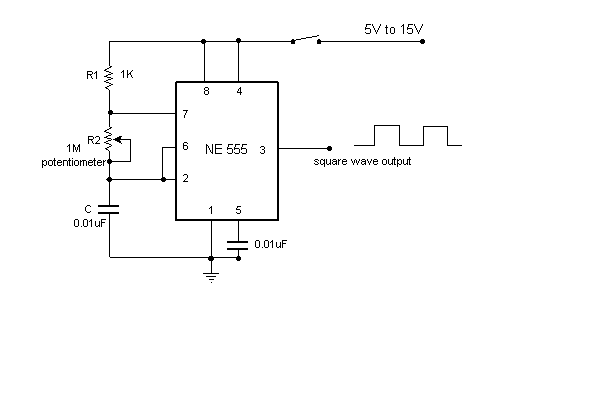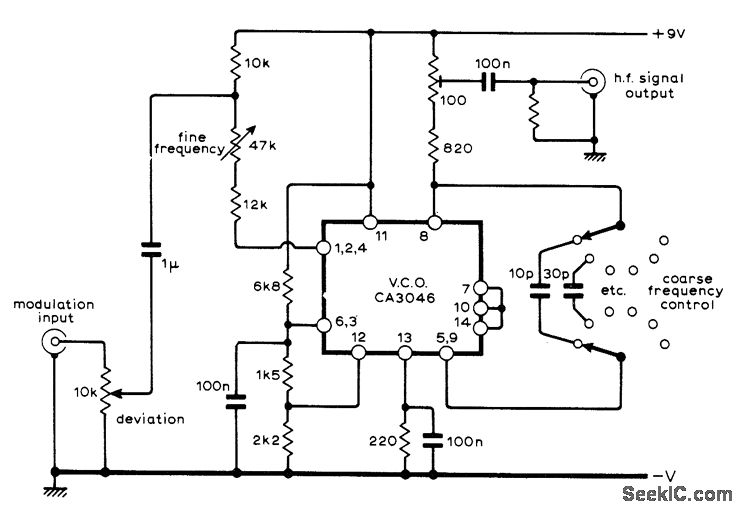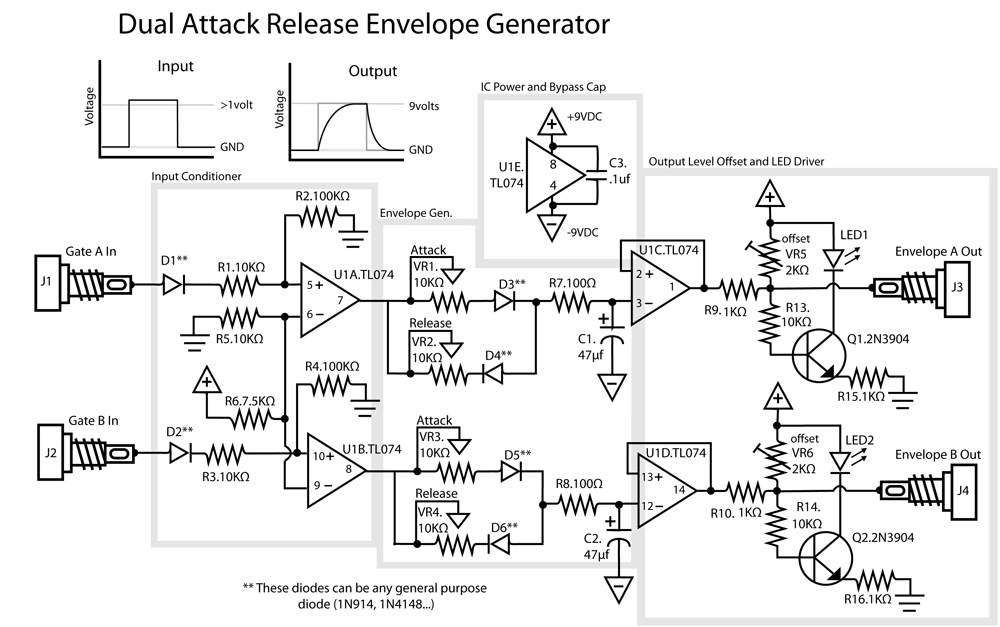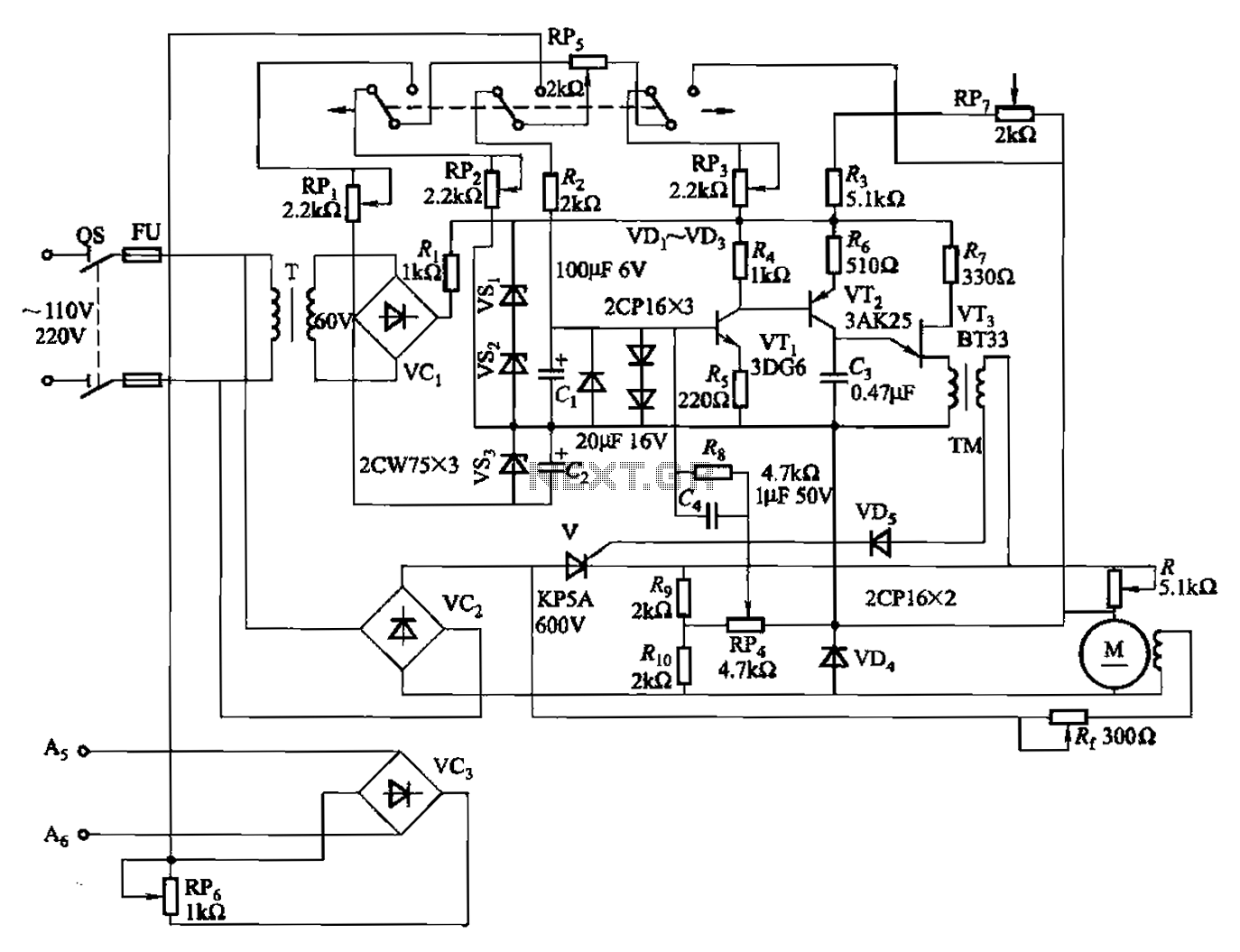
square wave generator
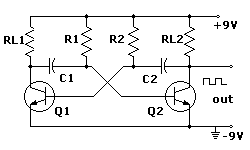
An electronic project to build a multivibrator as a basic first test instrument, ideal for troubleshooting radio repairs. Includes a how-to-use guide. An excellent beginner project.
The multivibrator circuit serves as a fundamental building block in electronics, providing a versatile tool for generating square waves and testing various components in radio repair applications. This project typically utilizes a configuration of transistors or operational amplifiers to create oscillations.
In a basic astable multivibrator configuration, two NPN transistors are connected in a feedback loop with resistors and capacitors that determine the frequency of oscillation. The circuit operates by alternately turning on and off each transistor, producing a continuous square wave output. The frequency of the output can be adjusted by varying the resistor and capacitor values, allowing the user to tailor the signal to specific testing requirements.
For practical implementation, the circuit can be built on a breadboard for easy modification and experimentation. The output can be monitored using an oscilloscope or a frequency counter to verify the oscillation characteristics. Additionally, the multivibrator can be used to test radio components such as capacitors, transistors, and diodes by observing their response to the generated square wave.
The accompanying how-to-use guide provides step-by-step instructions for assembling the circuit, including schematic diagrams, component lists, and troubleshooting tips. This project not only enhances understanding of basic electronic principles but also equips beginners with hands-on experience in circuit design and testing methodologies.an electronic project to build a multivibator as a basic first test instrument - ideal for trouble shooting radio repairs. Includes a how to use guide. An excellent beginner project.. 🔗 External reference
The multivibrator circuit serves as a fundamental building block in electronics, providing a versatile tool for generating square waves and testing various components in radio repair applications. This project typically utilizes a configuration of transistors or operational amplifiers to create oscillations.
In a basic astable multivibrator configuration, two NPN transistors are connected in a feedback loop with resistors and capacitors that determine the frequency of oscillation. The circuit operates by alternately turning on and off each transistor, producing a continuous square wave output. The frequency of the output can be adjusted by varying the resistor and capacitor values, allowing the user to tailor the signal to specific testing requirements.
For practical implementation, the circuit can be built on a breadboard for easy modification and experimentation. The output can be monitored using an oscilloscope or a frequency counter to verify the oscillation characteristics. Additionally, the multivibrator can be used to test radio components such as capacitors, transistors, and diodes by observing their response to the generated square wave.
The accompanying how-to-use guide provides step-by-step instructions for assembling the circuit, including schematic diagrams, component lists, and troubleshooting tips. This project not only enhances understanding of basic electronic principles but also equips beginners with hands-on experience in circuit design and testing methodologies.an electronic project to build a multivibator as a basic first test instrument - ideal for trouble shooting radio repairs. Includes a how to use guide. An excellent beginner project.. 🔗 External reference
